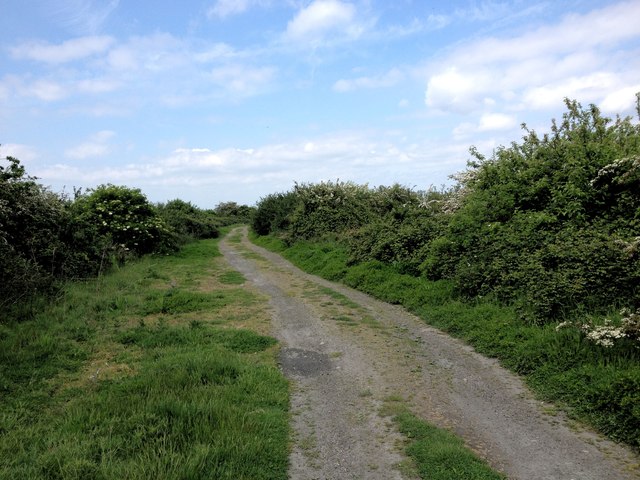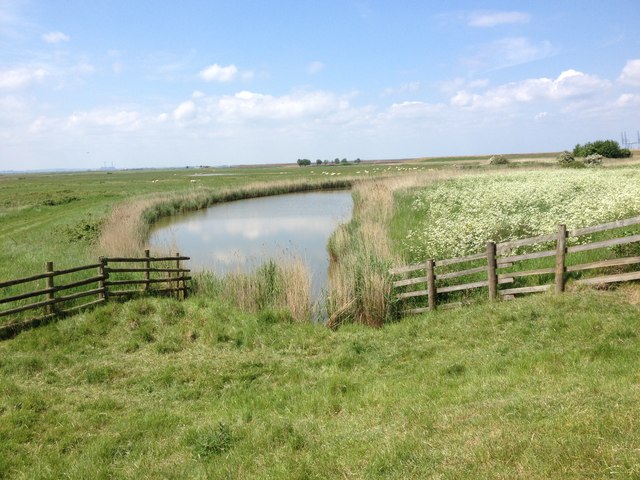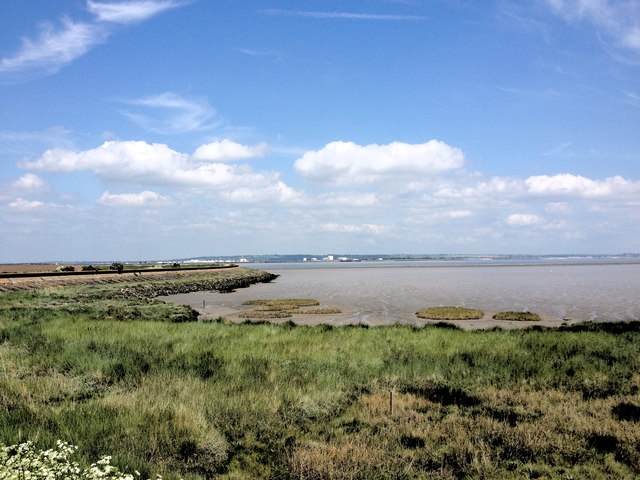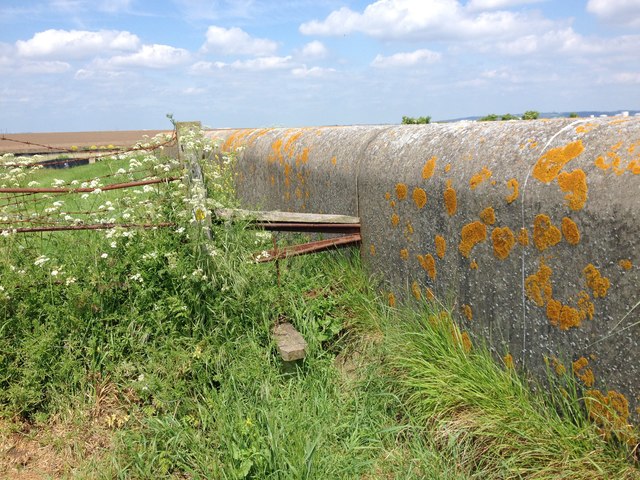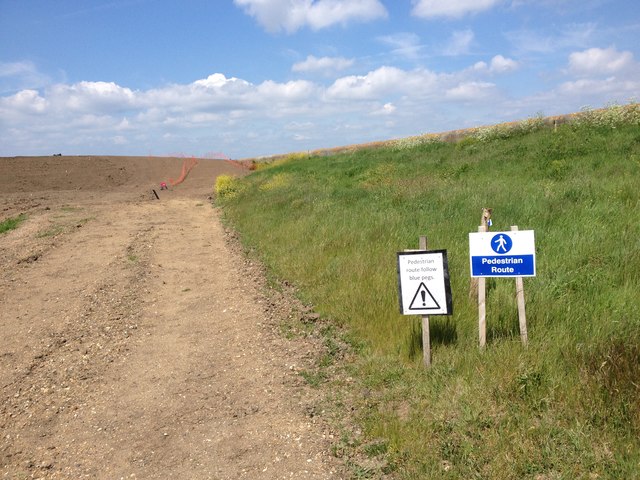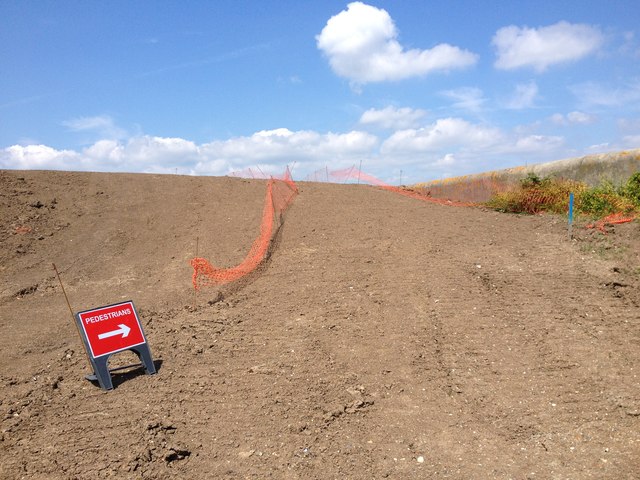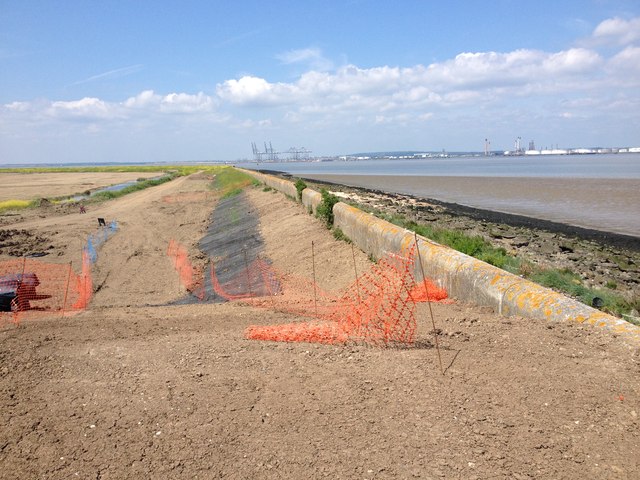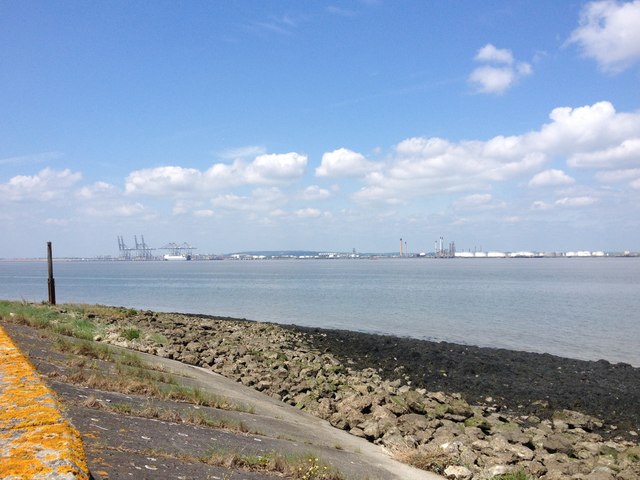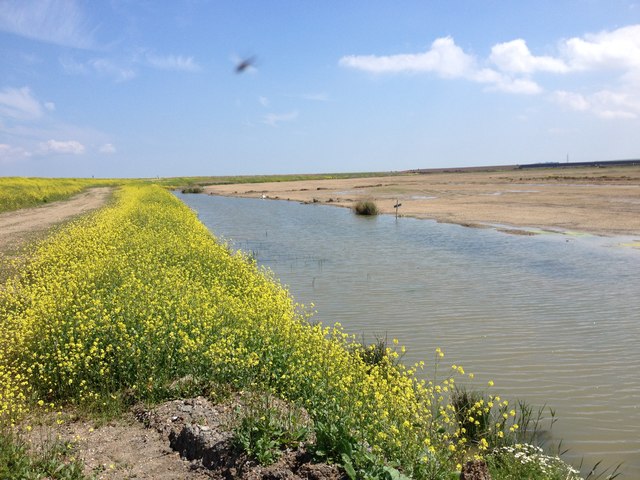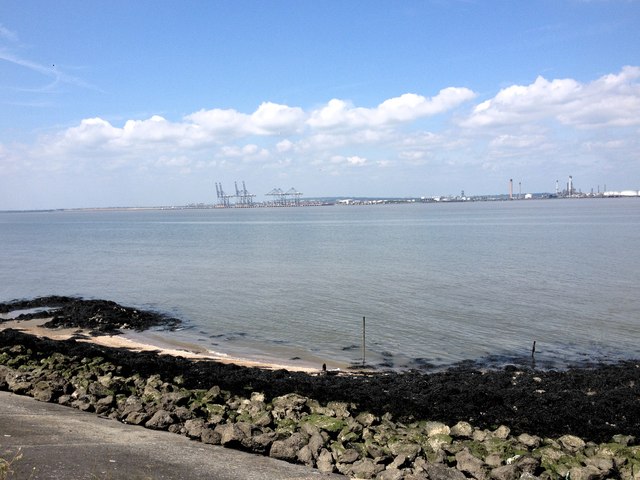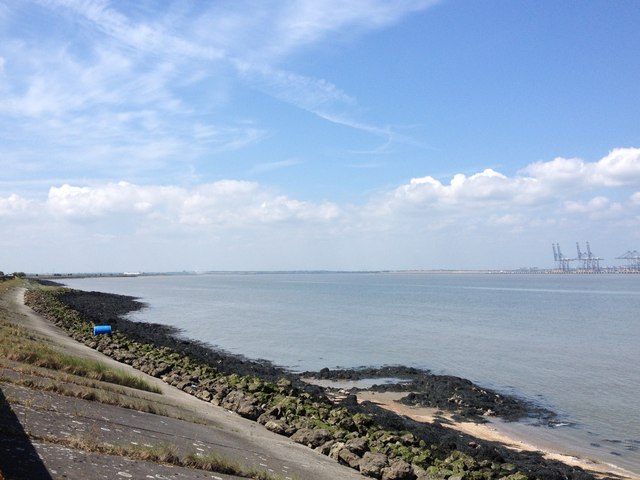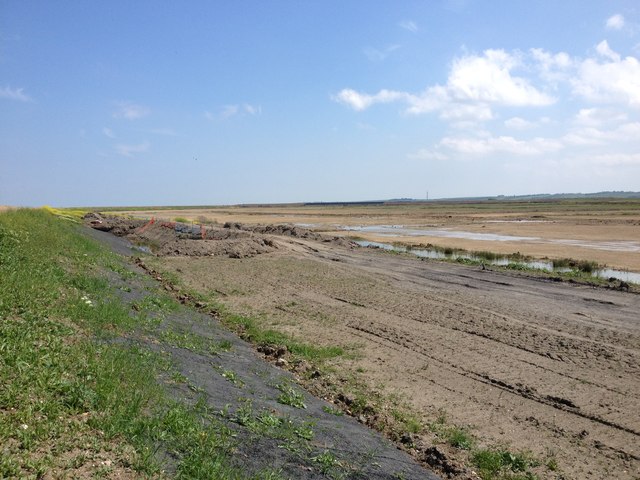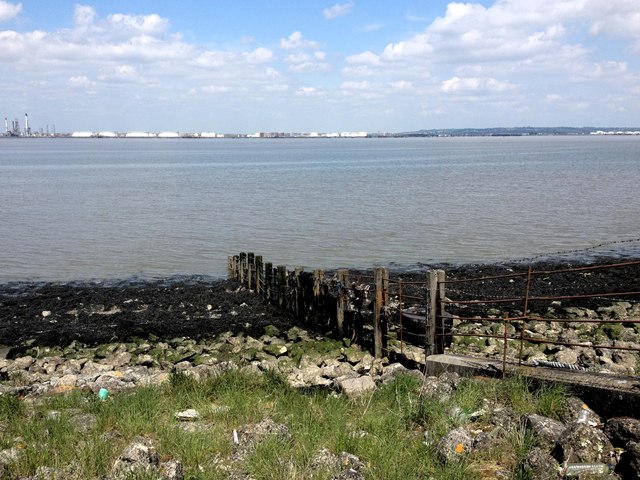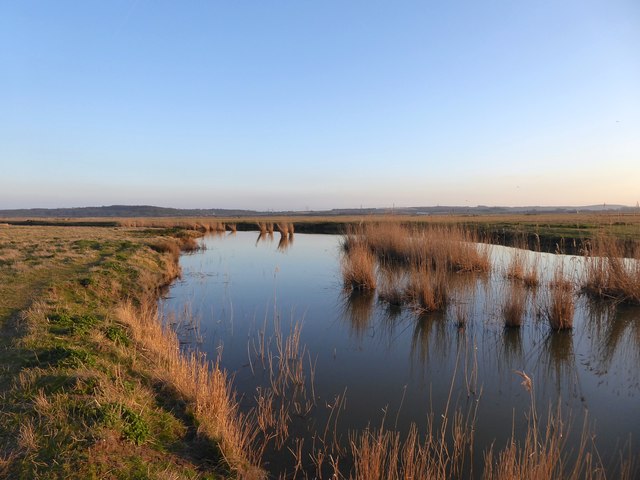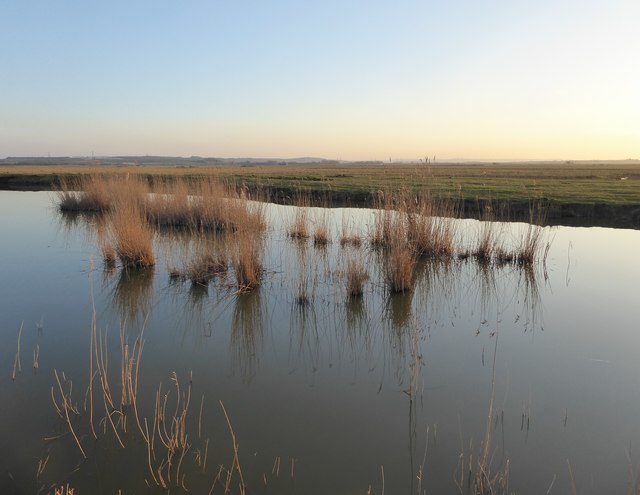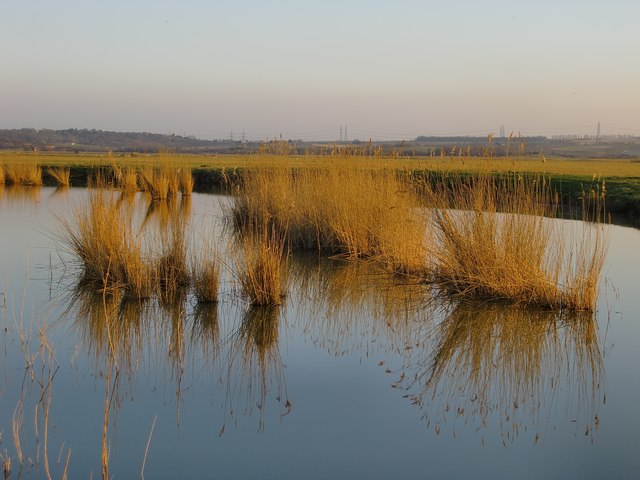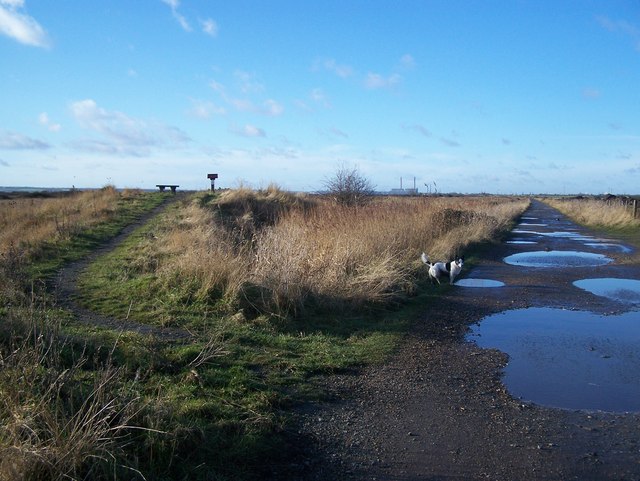Egypt Saltings
Coastal Marsh, Saltings in Kent
England
Egypt Saltings
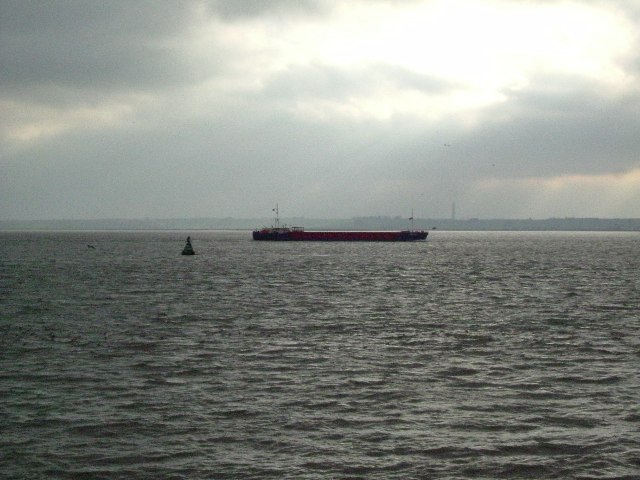
Egypt Saltings is a coastal marsh located in Kent, England. It is situated near the town of Faversham, between the banks of the Swale Estuary and the Isle of Sheppey. The area is known for its unique ecosystem and is designated as a Site of Special Scientific Interest (SSSI).
The saltings, also known as salt marshes, are characterized by their low-lying and muddy terrain, which is regularly flooded by tidal waters. This creates a brackish environment, where fresh and saltwater mix, resulting in a diverse range of plant and animal species.
The vegetation in Egypt Saltings is adapted to the harsh conditions of the marshland. Common plants found in the area include saltmarsh grasses, sea purslane, and sea aster. These plants provide important habitats and food sources for various bird species, such as waders and wildfowl.
The marshes also support a variety of marine life, including crabs, shrimps, and small fish that thrive in the shallow, nutrient-rich waters. The saltings are an important breeding ground for several bird species, including avocets, redshanks, and little egrets.
Egypt Saltings is not only ecologically significant but also historically important. It is believed to have been a landing site for the Romans during their invasion of Britain in the 1st century AD. Archaeological discoveries in the area have provided valuable insights into Roman occupation and trade.
As a protected area, Egypt Saltings offers opportunities for nature enthusiasts, birdwatchers, and historians to explore and appreciate the unique coastal ecosystem and its rich cultural heritage.
If you have any feedback on the listing, please let us know in the comments section below.
Egypt Saltings Images
Images are sourced within 2km of 51.481968/0.55600513 or Grid Reference TQ7778. Thanks to Geograph Open Source API. All images are credited.

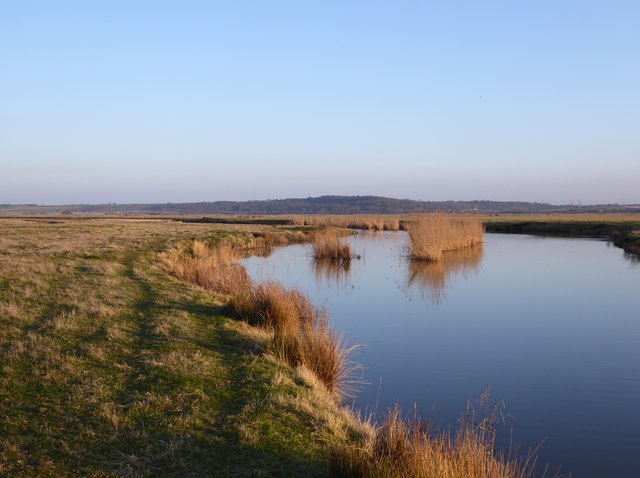
Egypt Saltings is located at Grid Ref: TQ7778 (Lat: 51.481968, Lng: 0.55600513)
Unitary Authority: Medway
Police Authority: Kent
What 3 Words
///yoga.splashes.slower. Near Cooling, Kent
Nearby Locations
Related Wikis
South Thames Estuary and Marshes
South Thames Estuary and Marshes is a 5,289-hectare (13,070-acre) biological Site of Special Scientific Interest which stretches between Gravesend and...
Thames Estuary
The Thames Estuary is where the River Thames meets the waters of the North Sea, in the south-east of Great Britain. == Limits == An estuary can be defined...
High Halstow NNR
High Halstow National Nature Reserve is on the Hoo Peninsula north of Chatham. It is also part of the Northwood Hill Royal Society for the Protection of...
Northward Hill
Northward Hill is a 52.5-hectare (130-acre) biological Site of Special Scientific Interest Kent. It is a Nature Conservation Review site, Grade 2, and...
Nearby Amenities
Located within 500m of 51.481968,0.55600513Have you been to Egypt Saltings?
Leave your review of Egypt Saltings below (or comments, questions and feedback).
